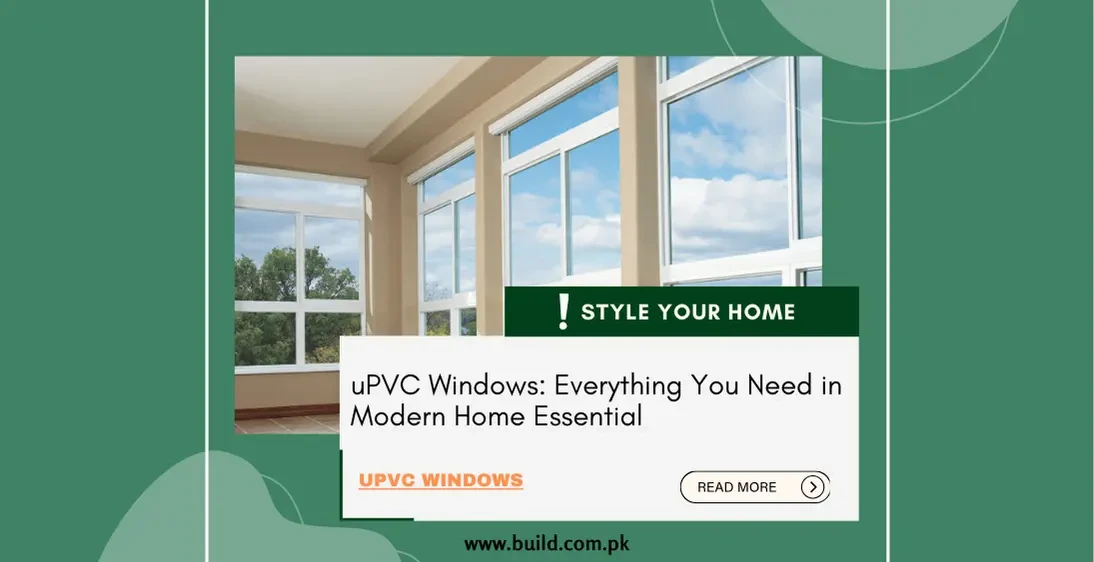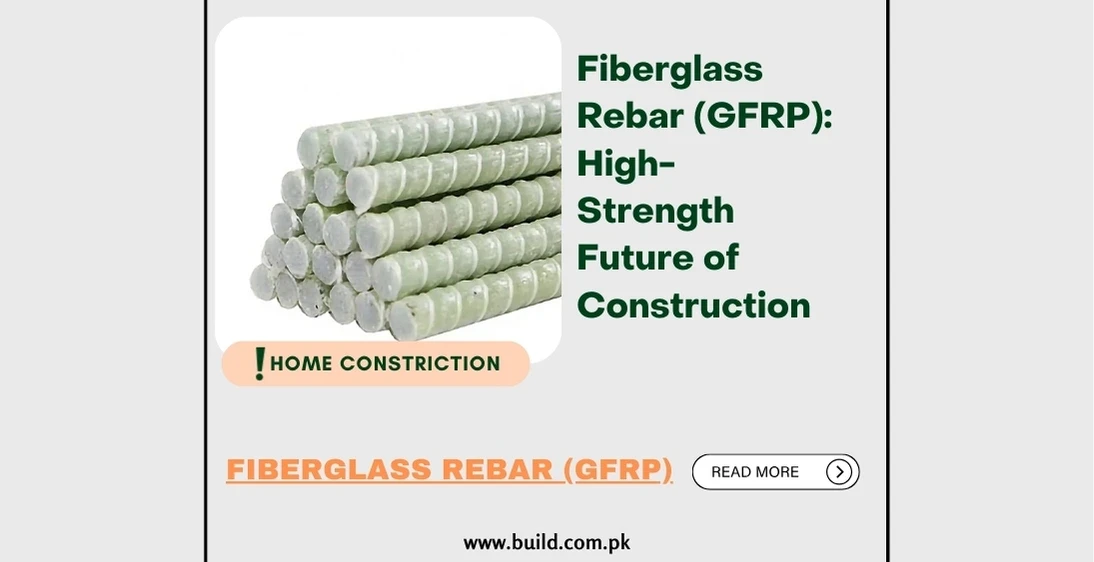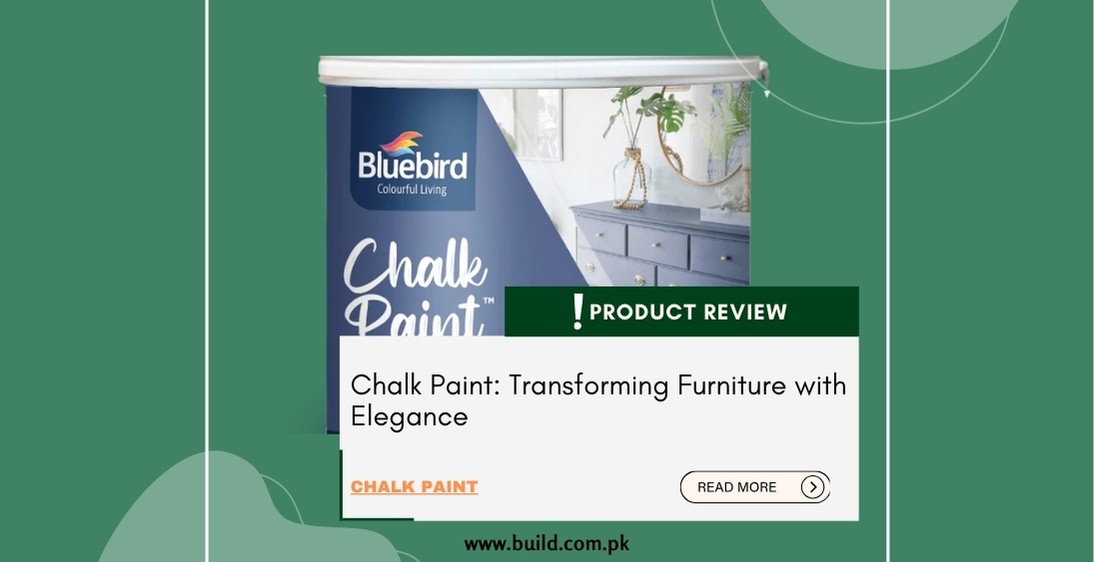uPVC Windows: Everything You Need in Modern Home Essential

Introduction:
In
modern home construction and renovation, the choice of windows plays a crucial
role in aesthetics, energy efficiency, and overall comfort. Unplasticized
polyvinyl chloride (uPVC) windows have gained immense popularity due to their
durability, low maintenance, and excellent insulation properties. This
comprehensive guide delves into the benefits, types, installation process, and
maintenance tips for uPVC windows, helping you make an informed decision for
your home.
Benefits of uPVC Windows
Energy Efficiency:
uPVC
windows are renowned for their excellent thermal insulation properties, making
them an energy-efficient choice for homes. The material is a poor conductor of
heat, which means it helps keep the indoor temperature stable, reducing the
need for heating and cooling. This can lead to significant savings on energy
bills.
Durability and Longevity:
uPVC
windows are incredibly durable and can withstand harsh weather conditions,
including heavy rain, strong winds, and extreme temperatures. Unlike wooden
windows, they do not rot, warp, or corrode, ensuring a long lifespan with
minimal maintenance.
Low Maintenance:
One
of the most significant advantages of uPVC windows is their low maintenance
requirements. They do not need regular painting or sealing, and a simple wipe
with soapy water is usually sufficient to keep them looking new. This makes
them a convenient choice for homeowners who prefer minimal upkeep.
Sound Insulation:
uPVC
windows offer excellent sound insulation, reducing noise pollution from
outside. This makes them an ideal choice for homes located in busy urban areas
or near main roads, providing a quieter and more comfortable living
environment.
Security:
uPVC
windows are designed with multiple locking points, making them more secure than
traditional windows. The robust frames and toughened glass options further
enhance their security features, providing peace of mind to homeowners.
Environmental Impact:
uPVC
is a recyclable material, which means that old or replaced windows can be
recycled and used to produce new products. This reduces the environmental
impact and makes uPVC windows an eco-friendly choice.
Types of uPVC Windows
Casement Windows:
Casement
windows are hinged at the sides and open outward like a door. They are one of
the most popular types of uPVC windows due to their simplicity and versatility.
Casement windows offer excellent ventilation and unobstructed views.
Sliding Windows:
Sliding
windows operate on a track and slide horizontally to open and close. They are
ideal for spaces with limited room for outward-opening windows and provide a
sleek, modern look.
Tilt and Turn Windows:
Tilt
and turn windows offer dual functionality. They can tilt inward from the top
for ventilation or swing fully open from the side for easy cleaning and maximum
airflow. This design combines practicality with aesthetic appeal.
Bay and Bow Windows:
Bay
and bow windows extend outward from the main walls, creating a protruding
feature that adds character and space to a room. They provide panoramic views
and allow more natural light to enter the home.
Fixed Windows:
Fixed
windows, also known as picture windows, do not open and are designed to provide
maximum light and unobstructed views. They are often used in combination with
other window types to create a cohesive design.
Awning Windows;
Awning
windows are hinged at the top and open outward from the bottom. They are
typically used in areas where ventilation is needed, such as bathrooms and
kitchens. The design allows them to be left open during rain without letting
water in.
Installation Process
Preparation:
Before
installation, it's essential to measure the window openings accurately to
ensure a proper fit. Remove any existing windows and prepare the openings by
cleaning and leveling the surfaces.
Frame Installation:
Position
the Frame: Place the uPVC window frame into the prepared opening, ensuring it
is level and plumb.
Secure
the Frame: Use screws or anchors to secure the frame to the wall. It's
important to check for alignment and make adjustments as necessary.
Seal
the Frame: Apply a sealant around the frame to create a weatherproof barrier
and prevent drafts.
Glass Installation:
Fit
the Glass: Carefully place the glass panes into the frame, ensuring they are
properly aligned and seated.
Secure
the Glass: Use glazing beads or clips to hold the glass in place securely.
Seal
the Glass: Apply a silicone sealant around the edges of the glass to ensure an
airtight seal.
Finishing Touches:
Install
Hardware: Attach any necessary hardware, such as handles and locks, to the
window.
Test
Operation: Open and close the window several times to ensure smooth operation
and proper alignment.
Clean
Up: Remove any debris and clean the windows to complete the installation
process.
Maintenance Tips
Regular Cleaning:
uPVC
windows require minimal maintenance, but regular cleaning is essential to keep
them looking new. Use a soft cloth and mild soapy water to wipe down the frames
and glass. Avoid using abrasive cleaners or harsh chemicals that can damage the
material.
Check Seals and Gaskets:
Periodically
inspect the seals and gaskets around the windows for any signs of wear or
damage. Replace any damaged seals to maintain the window's insulation
properties and prevent drafts.
Lubricate Moving Parts:
To
ensure smooth operation, lubricate the hinges, locks, and other moving parts of
the windows regularly. Use a silicone-based lubricant to avoid attracting dirt
and dust.
Inspect for Damage:
Regularly
check the windows for any signs of damage, such as cracks or warping. Promptly
address any issues to prevent further damage and ensure the windows continue to
perform effectively.
Re-seal as Needed:
Over
time, the sealant around the windows may degrade. Reapply sealant as needed to
maintain a weatherproof barrier and prevent moisture ingress.
Conclusion:
uPVC
windows offer a perfect blend of durability, energy efficiency, and low
maintenance, making them an excellent choice for modern homes. With a variety
of styles and designs to choose from, you can find the perfect uPVC windows to
enhance the aesthetics and functionality of your home. By understanding the
benefits, types, installation process, and maintenance tips, you can make an
informed decision and enjoy the many advantages that uPVC windows bring to your
living space. Whether you're building a new home or renovating an existing one,
uPVC windows are a smart investment that will provide long-lasting value and
comfort.









